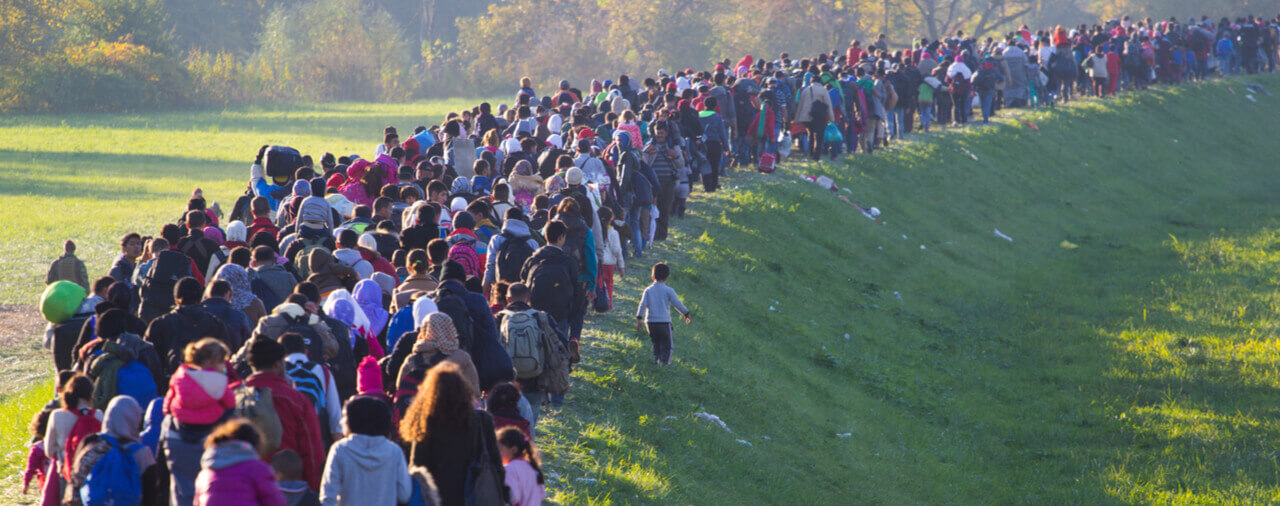Low Number of Refugees Admitted in First Half of FY 2018
On March 26, 2017, Stephen Dinan of The Washington Times reported that the Trump administration has resettled just over 10,000 refugees during the current fiscal year, which began on October 1, 2017.1 With the fiscal year half-over, this is on pace to be the lowest number of refugees resettled in any year since the current refugee resettlement system was established in 1980. The record lowest number of refugees resettled in any full fiscal year since 1980 is 27,070 in 2002 [PDF version].
President Trump set the refugee admissions cap for fiscal year 2018 at 45,000, which we detailed on site [see article]. However, as the Department of State (DOS) told Dinan for the article, the cap represents an upper limit rather than a target. The refugee admissions cap of 45,000 was the lowest cap set since 1980, although as we noted, there have been several years where the number of refugees actually resettled was below 45,000.
The relatively low number of refugees resettled in the first half of fiscal year 2018 makes for a marked contrast with the statistics fiscal year 2016, the last full fiscal year in which former President Barack Obama was in office. In total, DOS resettled 84,995 refugees in fiscal year 2016, nearly hitting the annual refugee admissions cap for the year [see blog]. Dinan notes in his article that during the first half of fiscal year 2016, nearly half of the refugees admitted were Muslim and nearly half of the refugees admitted came from countries designated for entry restrictions in President Donald Trump's September 24, 2017 Presidential Proclamation [see article]. However, during the first half of fiscal year 2018, those numbers are 17 percent and 5 percent respectively. In one notable case, during the first half of fiscal year 2016, more than 5,000 Syrian refugees were admitted, whereas only 42 have been admitted during the first half of fiscal year 2018.
It is possible that the rate of refugee admissions will increase in the latter half of fiscal year 2018. Dinan quoted a DOS official as stating that “[r]efugee admissions rarely proceed at a steady pace throughout the year.” Accordingly, DOS stated that it is impossible to know how many refugees will be admitted by the end of fiscal year 2018. Regardless, the Trump Administration has clearly adopted a different posture on refugee admissions than the Obama Administration, prioritizing what it considers to be key national security concerns over resettling a larger number of refugees. It will be worth watching to see if the pace of refugee admissions increases once the Trump Administration fully implements some of its new refugee vetting policies [see article]. Furthermore, it has been reported that the Trump Administration intends to reallocate resources that would have been used for refugee resettlement to other areas, such as processing backlogged asylum applications [see article].
We will continue following issues relating to refugee resettlement under the Trump Administration on site. To learn about President Trump's October 2017 Executive Order on the U.S. Refugee Admissions Program, please see our comprehensive article on the issue [see article].
_____________________

- Alexander J. Segal's blog
- Log in to post comments
